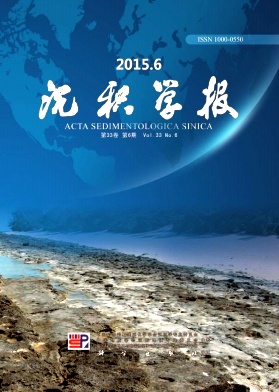The Rudist-buildup Depositional Model Based on Reservoir Architecture:A case from the Sarvak reservoir of the SA oil field, Iran
doi: 10.14027/j.cnki.cjxb.2015.06.017
- Received Date: 2014-11-03
- Rev Recd Date: 2015-01-20
- Publish Date: 2015-12-10
-
Key words:
- Iran /
- Sarvak Formation /
- rudist bulid-up /
- depositional model /
- reservoir architecture
Abstract: This paper studies on the lithofacies, sedimentary facies, depositional models and reservoir architecture of the rudist-bearing zone of Creatures Sarvak Formation in South Azadegan oilfield of Iran by utilizing the coring, thin section, XRD data of 5 coring wells. Firstly, identified the lithofacies by the Dunham classification. Secondly, clarified the rudist-mound and tidal flat are the main microfacies in Sar-3 depositional time. Based on the regional depositional setting, we built the depositional model of Sar-3, which highlight four key points:① The rudist-buildup forming was controlled by the paleo-high; ②The build-up without the landward colonize by the regression and formation uplift, and they reach the wave-base and eroded by the high energy current, the rudist fragments were dispersed and re-deposited, forming the moundy allochthonous deposition; ③The tidal flat exists widely in the upper Sar-3 and the duration time depends on the paleo-structure, in the lower part could develop tidal deposit of several stages vertically; ④The exposure within the leaching effect by the meteoric water occurred in the late cycle, which is the main controlling factor to the reservoir architecture. From the model, we can obtain the following findings:the Sar-3 featured as the dualistic architecture layer, the lower is the rudist bearing limestone of reservoir and the upper is the tidal dense limestone of interlayer, and the thickness of each is controlled by the paleo-geomorphology, and the paleo-high is the preferential exploitable area. According to this, we proposed the horizontal well development strategy that keeping the trajectory in the middle of the oil-zone in the pale-high, in the paleo-low, assure the forepart trajectory crossing the oil-zone and then keep it in the lower part.
| Citation: | DU Yang, XIN Jun, XU QianCheng, CHEN Jie, LI YiZhen, WANG Juan, TONG MingSheng. The Rudist-buildup Depositional Model Based on Reservoir Architecture:A case from the Sarvak reservoir of the SA oil field, Iran[J]. Acta Sedimentologica Sinica, 2015, 33(6): 1247-1257. doi: 10.14027/j.cnki.cjxb.2015.06.017 |






 DownLoad:
DownLoad: